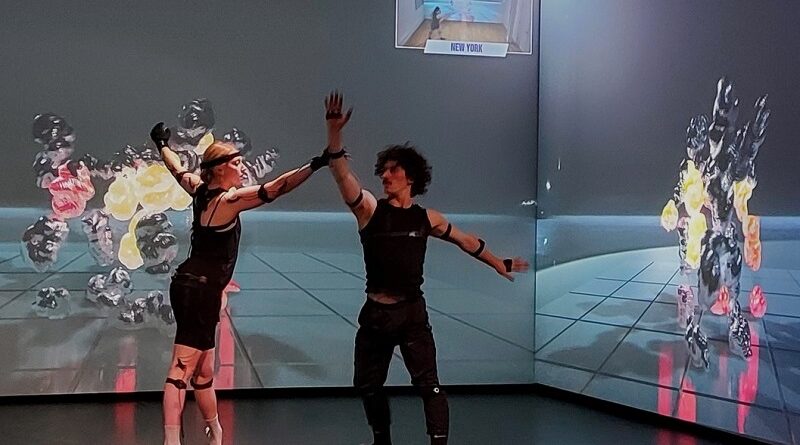In recent years, the traditional stage has expanded into a digital realm, creating new opportunities for dancers and choreographers to showcase their talents. The rise of online dance performances marks a significant shift in the way we experience and appreciate dance. As technology continues to advance, the virtual stage has become a dynamic platform for artistic expression, connecting performers with global audiences in unprecedented ways.
One of the key advantages of virtual dance performances is the accessibility they offer. Unlike traditional performances limited to a specific venue and audience capacity, online dance performances can be enjoyed by anyone with an internet connection. This inclusivity has opened doors for dancers from diverse backgrounds to share their art with a broader audience, breaking down geographical barriers and fostering a more global dance community.
The virtual stage has also allowed for innovative collaborations between dancers and technology experts. Choreographers are now exploring the integration of augmented reality (AR) and virtual reality (VR) into their performances, creating immersive experiences that transcend the boundaries of physical space. This blending of dance and technology not only enhances the visual spectacle but also provides a unique and interactive engagement for viewers.
Furthermore, online platforms have become a powerful tool for dance education and outreach. Dancers can conduct virtual workshops, masterclasses, and even rehearsals, reaching students and enthusiasts worldwide. This democratization of dance education contributes to the growth and diversification of the dance community, fostering a more inclusive and interconnected network of artists.
However, the transition to the virtual stage also poses challenges. Dancers must adapt to performing without live audience feedback, relying instead on virtual applause and comments. The absence of direct physical connection with the audience requires performers to find new ways to convey emotion and tell stories through the camera lens, challenging traditional notions of stage presence.
In conclusion, the rise of online dance performances signifies a transformative moment in the world of dance. The virtual stage offers unparalleled accessibility, fosters global collaborations, and provides a platform for dance education. While challenges exist, the opportunities presented by the digital realm are propelling dance into a new era of creativity and connectivity.









